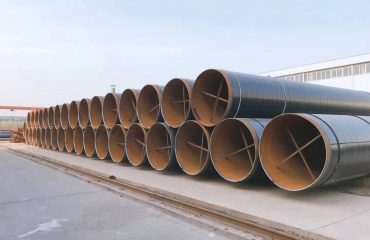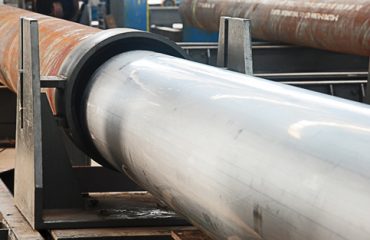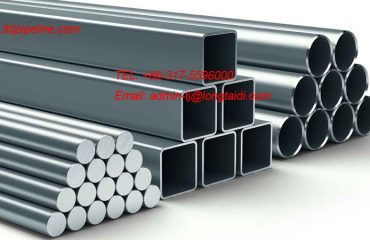The choice between seamless steel pipes and ERW (Electric Resistance Welded) steel pipes depends on the specific requirements and applications. Both seamless and ERW steel pipes have their own advantages and disadvantages, and a comparison of the two can help determine which might be the better option for a particular situation.
Seamless Steel Pipes:
Advantages:
- No weld seam: Seamless pipes do not have any weld joints, which can result in a more uniform structure and higher strength.
- Better pressure resistance: Due to the absence of weld joints, seamless pipes can better withstand high pressure and are suitable for high-pressure applications.
- Highly precise dimensions: Seamless pipes have more precise dimensions and tighter tolerances compared to welded pipes.
- Less potential for defects: Seamless pipes have fewer potential points of failure, such as weld seams that could fail under certain conditions.
Disadvantages:
- Higher cost: Seamless pipes are generally more expensive to produce due to their complex manufacturing process.
- Limited range of sizes: Seamless pipes are typically available in smaller diameters and shorter lengths compared to welded pipes.
ERW Welded Steel Pipes:
Advantages:
- More economical: Welded pipes are generally more cost-effective to produce than seamless pipes, making them a popular choice for low-pressure applications and larger diameters.
- Wider range of sizes: ERW welded pipes can be manufactured in a wide range of sizes and lengths, providing more flexibility for specific applications.
- Easier to produce: The ERW welding process is more straightforward, which can result in shorter production times and lower costs.
Disadvantages:
- Welded seam: Welded pipes have a visible longitudinal seam, which can be a potential weak point under certain conditions.
- Lower pressure resistance: Due to the presence of a weld seam, welded pipes may have a lower pressure resistance compared to seamless pipes.
- Less precise dimensions: Welded pipes may have less precise dimensions and wider tolerances compared to seamless pipes.
In conclusion, seamless steel pipes may be preferable for high-pressure applications, where uniform structure and precise dimensions are critical. On the other hand, ERW welded steel pipes might be a better choice for low-pressure applications, larger diameters, or situations where cost-effectiveness is a primary concern. The choice between the two should be based on the specific requirements and constraints of the application in question.




You must be logged in to post a comment.